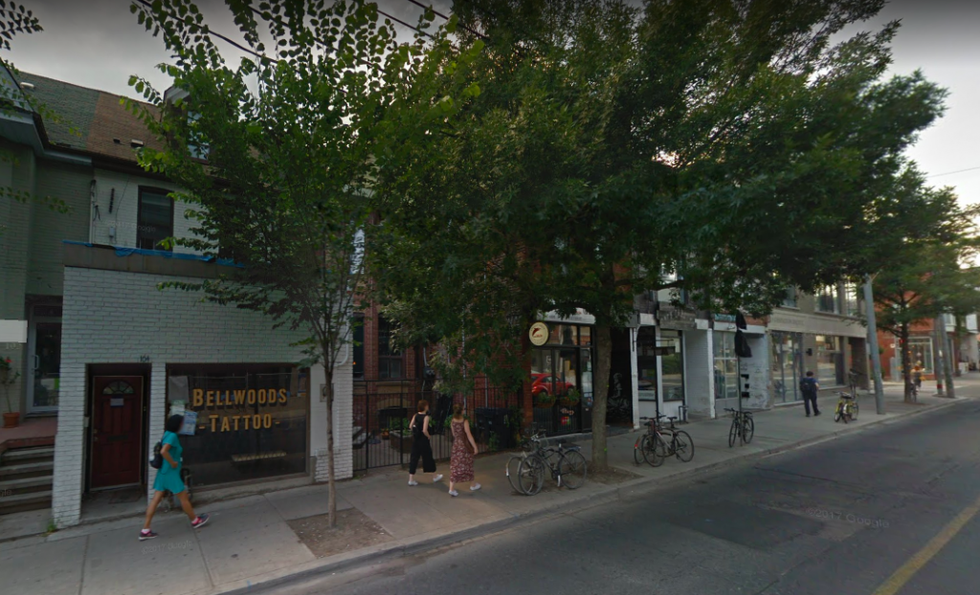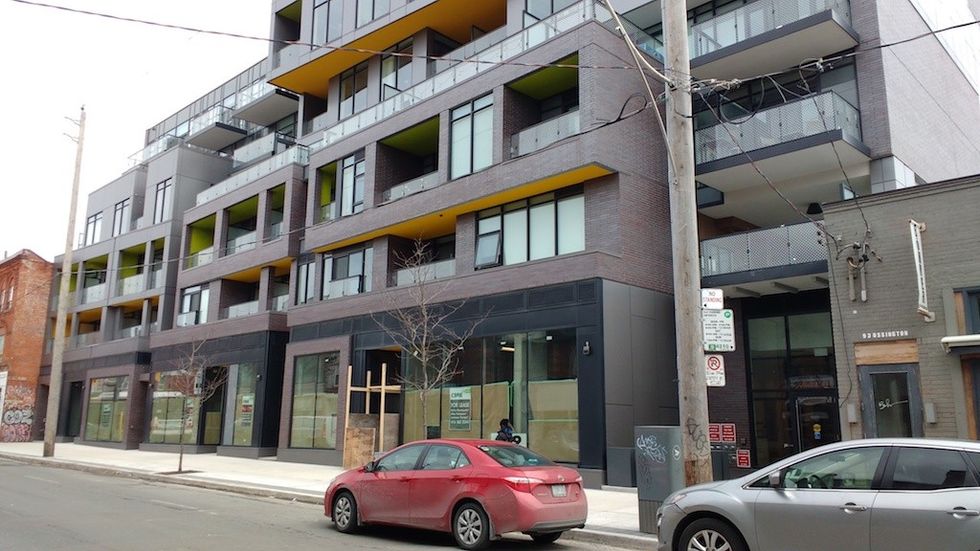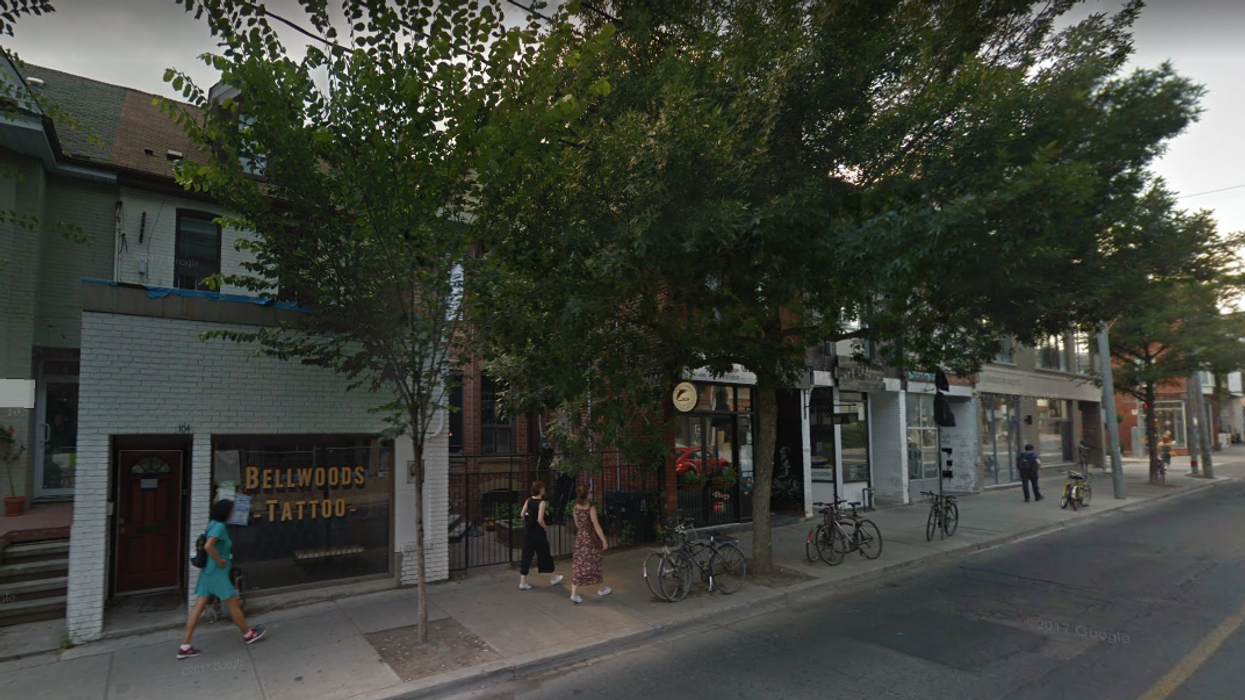
If one street tells the story of modern Toronto, it might well be Ossington Ave.
At the start of the 1980s, it was a grimy, run-down artery few bothered to visit — except those looking for a cheap lunch, a used car, a rebuilt transmission or the Centre for Addiction and Mental Health on Queen St.
Then, unexpectedly, late in the first decade of the 21st century, Ossington, especially lower Ossington between Queen and Dundas, became hip. Very hip.
Every couple of days, it seemed, another bar opened, another restaurant popped up, another nightclub ...
Things grew so hot that by May 2009, Toronto Deputy Mayor and local Councillor Joe Pantalone had persuaded city council to approve a ban — technically, an interim control bylaw — on new restaurants on what was now known as the Ossington Strip.
It mollified the neighbours, who had deluged Pantalone's office with complaints.
According to the neighbours, the new places were clogging the street and keeping them awake until all hours of the night. Even worse, these recent arrivals were ruining the area's unique charm, destroying the qualities that made it such a special neighbourhood.
Though no one could explain the charm of a used-car lot, the locals seemed to think it was somehow essential to their well-being.
As has happened so many times in so many cities — including Toronto — developers followed the action all the way to Ossington to see what opportunities awaited them in the virgin territory of this West End precinct.
By then, a stacked townhouse scheme was under construction on Ossington from north of Argyle St. all the way to Halton St.
Though it presents as blank a façade, as one can imagine onto the street, it seems to have been approved without a peep from the neighbours or city hall. This despite the fact that everything about it is inappropriate.
It sucks the life off a street that is overwhelmingly commercial in nature. It offers nothing but dead space, a massive black hole on a street that history proves possesses all the ingredients for urban success.
As Ossington makes clear, however, that success doesn't depend on great architecture, beautiful buildings or tree-lined avenues paved with cobblestones. Indeed, it remains a ratty afterthought of a road.
What it does have, however, is the rhythm of a street defined by narrow glass-fronted, sidewalk-oriented, pedestrian-scaled retail. These features create the sort of walkable landscape that can only be found in a city.
How ironic then, that when plans for a six-storey condo at 109 Ossington were revealed in 2012, the neighbourhood erupted.

In an outburst of NIMBYism, rare even in Toronto, locals raged about a building proposed for the site formerly occupied by a used-car lot and an empty warehouse. The residential mid-rise was too tall, too big, too new. It would block the sun and didn't fit in with the context.
The complaints were nasty and misguided. But they managed to slow down the approval process. And even now, fully seven years later, construction continues. Residents moved in last fall but the at-grade retail is still empty.
"Any time we develop on a main street," says Shane Fenton, vice-president of Reserve Properties, "we try to be very supportive of the street. You hope your project will be something you can do without this sort of interference. But it was the same thing with the mid-rise condos we're doing in the Beach."
It must be the word "condo" that residents find so terrifying. Certainly, it wasn't height.
Ossington can absorb a six-storey building with ease. Unlike the townhouse farther north, 109 crucially saves the ground floor for retail. Its four storefronts are sold, but until work is completed in a month or two, they will remain unoccupied.
"Those townhouses are a bit of a dead zone," Councillor Mike Layton admits.
"I suspect that if they were built today you'd see retail at grade. The new area plan for Ossington calls for street-level retail and even the second floor if you like."
But as he also notes, "Noise bylaws and zoning bylaws don't interact very well."
The truth of Layton's words is confirmed by the numerous window signs exhorting patrons to keep it down when leaving their restaurant or bar.
As often as not, Toronto's planners have no idea what they're doing.
Regardless, Ossington is a street and neighbourhood in transition. The forces of gentrification have arrived and are intent on adding density, as well as raising the tone of the surroundings. In this way, it is symptomatic of a city undergoing greater change than ever in its history.
However hard it can be to accept the claims of the NIMBY hordes, the process of growth has been difficult for all involved. It's obvious 109 Ossington is a positive addition to the area. But what happens when a neighbourhood's new-found popularity makes it unaffordable?
These problems may be a direct consequence of success, but they are no less intractable for it.
The return to the city that began 20 or 25 years ago has put Toronto under enormous pressure.
As poverty is increasingly shoved to the suburbs, the question of how to keep Toronto open and available to more than the rich has never been more urgent. But whatever the solution may be, it continues to elude us.


















